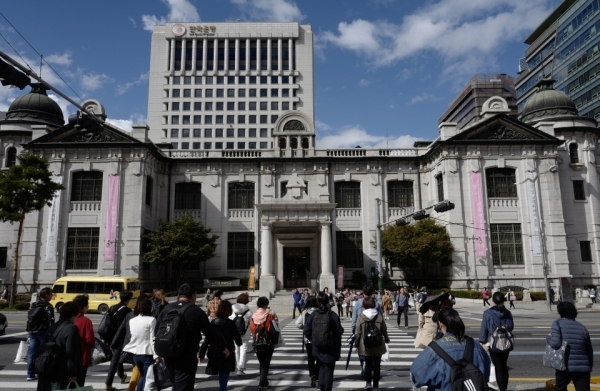 |
(Yonhap) |
The South Korean government’s intervention in the foreign exchange market, including the buying and selling of US dollars, has so far helped stabilize volatile exchange rates, a report released by the nation’s central bank showed Monday.
According to the Bank of Korea’s recent report on the local foreign exchange industry, the government’s decision to purchase around $100 million from 2005 to 2018 helped rein in currency volatility by 0.003 percentage point in terms of the daily average range of fluctuation, in the cited period.
The overall daily average range of fluctuation stood at 0.45 percent throughout the cited period.
But the effects of the intervention lasted for only one or two months, leading to the conclusion that currency manipulation should not be used as a long-term measure, but a short-term method to resolve an imbalance in the market, the BOK said. The imbalance could be prompted by a temporary spike in volatility, it added.
The intervention could support the BOK’s monetary policy when a temporary shock to the global market threatens the stability of the nation’s economy, the report said.
The BOK interpreted Korea’s intervention in the currency market as “leaning against the wind,” which essentially means maintaining rates a little higher than economic conditions warrant to prevent a buildup of imbalances.
In this case, the Korean government basically bought Korean won and sold foreign currencies in times when the won had depreciated from 1994 to 2008, the report said.
By Jung Min-kyung (
mkjung@heraldcorp.com)








